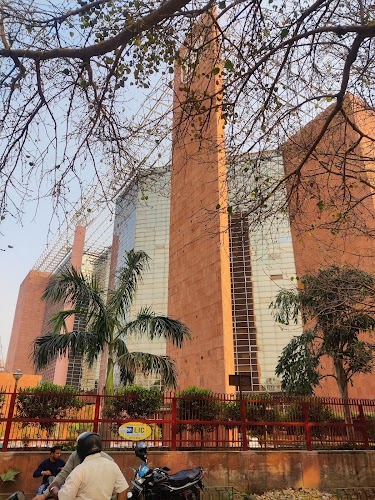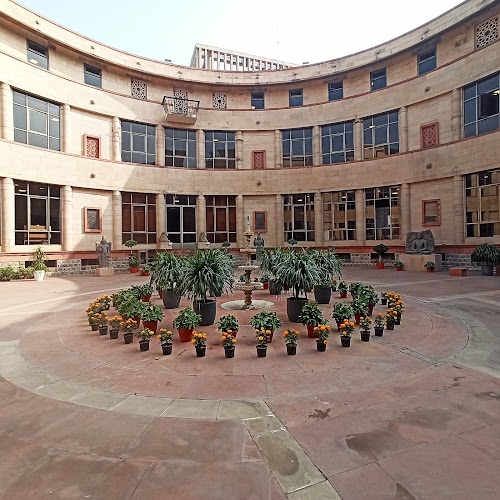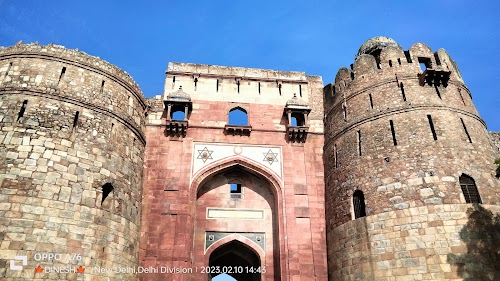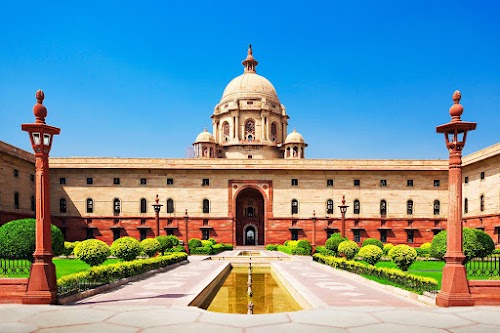Parliament House
New Delhi, Delhi, India
Hey adventurers! Ever wondered where India makes its big decisions? That's Parliament House in New Delhi! Also known as Sansad Bhavan, this grand circular building, designed by British architects, is where India's leaders meet. It's full of history and a must-see for anyone curious about how India works!
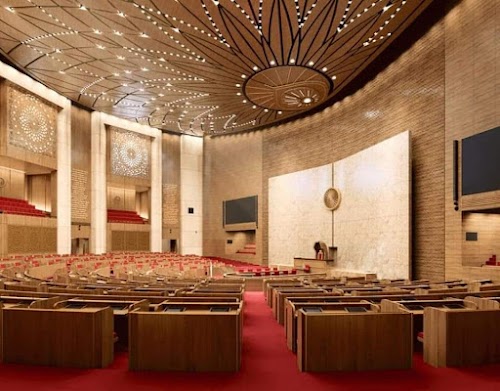
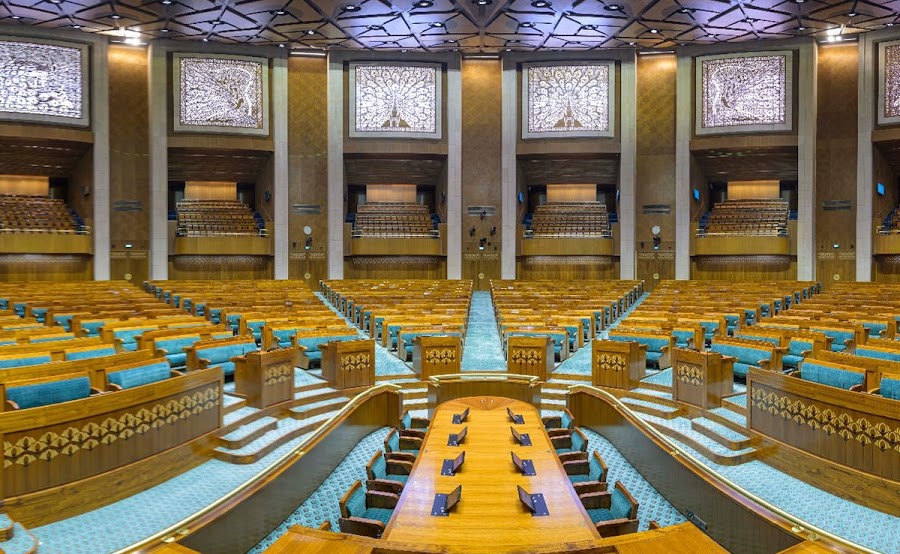
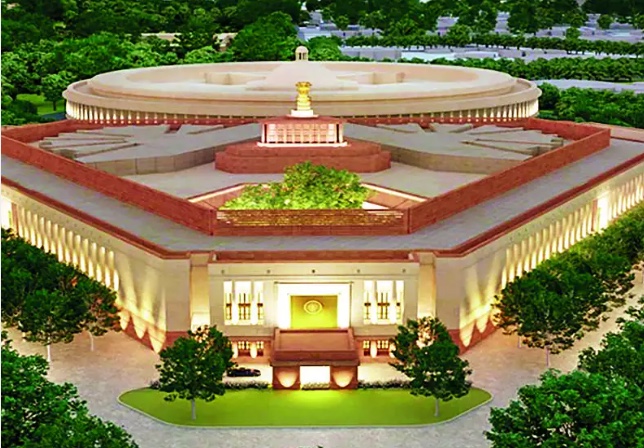
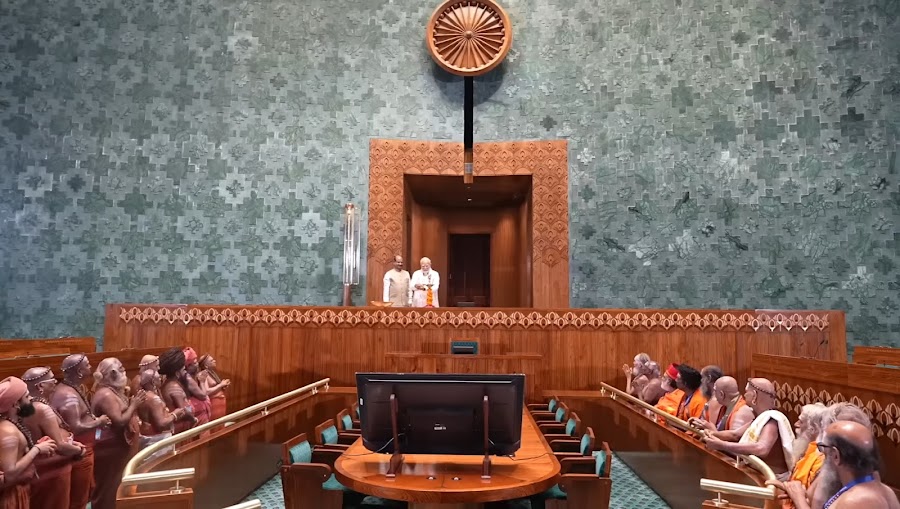
Interactive Map
Key Activities
Additional Places
Reviews
Map View
Top Activities in Parliament House
- 1
Explore-The-Architecture
- 2
Stroll-In-The-Gardens
- 3
Witness-Parliamentary-Proceedings
Detailed Information
Best Time to Visit
October-to-March
When to visit place on the day
Morning
Approximate expense
₹500 per person
History
The foundation stone of Parliament House was laid in 1921, and construction was completed in 1927. It was originally designed to house the Imperial Legislative Council during British rule. After India's independence in 1947, it became the seat of the Indian Parliament. The building has witnessed several historical events, including the framing of the Indian Constitution and numerous important debates and decisions. Its central location and imposing structure reflect its importance in the nation's history and governance. Over the years, some renovations and additions have been made to accommodate the growing needs of the Parliament.
Recent Google Reviews
The Indian Parliament is the supreme legislative body of India, responsible for enacting laws, debating policies, and representing the public. It is a bicameral institution, comprising two houses: the Lok Sabha (House of the People) and the Rajya Sabha (Council of States). **Lok Sabha**: The Lok Sabha is the lower house of Parliament and consists of 545 members. Members are directly elected by Indian citizens through general elections held every five years. The leader of the majority party in the Lok Sabha becomes the Prime Minister. The Lok Sabha holds significant legislative power, including the ability to introduce and pass bills, including money bills. **Rajya Sabha**: The Rajya Sabha is the upper house, comprising 245 members. Unlike the Lok Sabha, its members are not directly elected but are nominated by the President and elected by the state legislatures. The Rajya Sabha represents the states and union territories, providing a platform for regional interests. It reviews and suggests amendments to bills passed by the Lok Sabha, although it cannot initiate money bills. **Functions**: Indian Parliament's primary functions include law-making, overseeing the executive branch, and debating national issues. It also holds the government accountable through question sessions, debates, and committee reports. The Parliament has the power to amend the Constitution and approve the budget proposed by the government. **Sessions**: Parliament meets in sessions throughout the year, including the Budget Session, Monsoon Session, and Winter Session. The President of India summons and prorogues Parliament sessions and can also dissolve the Lok Sabha. Overall, the Indian Parliament plays a crucial role in shaping the country’s laws and policies, ensuring democratic governance and representation.
The New Triangular Parliament of India is a breathtaking architectural marvel that truly represents the spirit of democracy. As an avid traveler and admirer of iconic structures, I couldn't pass up the opportunity to visit this extraordinary landmark during my recent trip to New Delhi. Inside the New Parliament, I was mesmerized by the grandeur and elegance of the interior spaces. The state-of-the-art facilities, including well-equipped conference rooms, meeting halls, and committee chambers, reflect the utmost dedication to functionality and efficiency. The cutting-edge technology integrated throughout the complex enhances communication and transparency among lawmakers and facilitates their vital work in shaping the nation's destiny.
It is the temple of Indian democracy. Here the elected members of the parliament sit and make laws and make policies for the country. It is built very beautifully. Presently it is running in a new building which is very beautiful. Indian Parliament
The Parliament House in India is located in New Delhi and is the seat of the Parliament of India. It is a majestic building designed by architects Edwin Lutyens and Herbert Baker, and was inaugurated in 1927. The Parliament House is a symbol of Indian democracy and houses the following: - Lok Sabha (House of the People) - Rajya Sabha (Council of States) - Library - Committee rooms - Offices of ministers and officials The building is a blend of Indian and European architectural styles, with a central dome and three wings. The dome is 27.4 meters high and is surrounded by a balcony, which offers a panoramic view of the city. The Parliament House is a popular tourist destination and a significant landmark in India's capital city.
